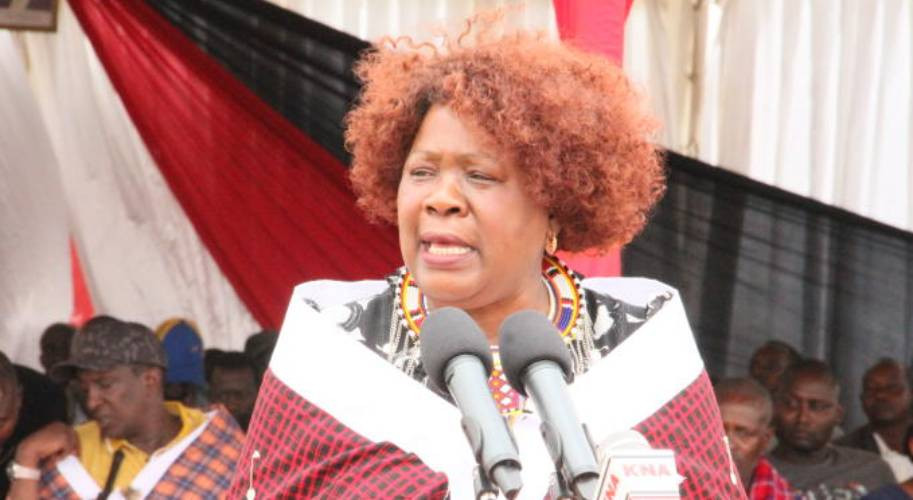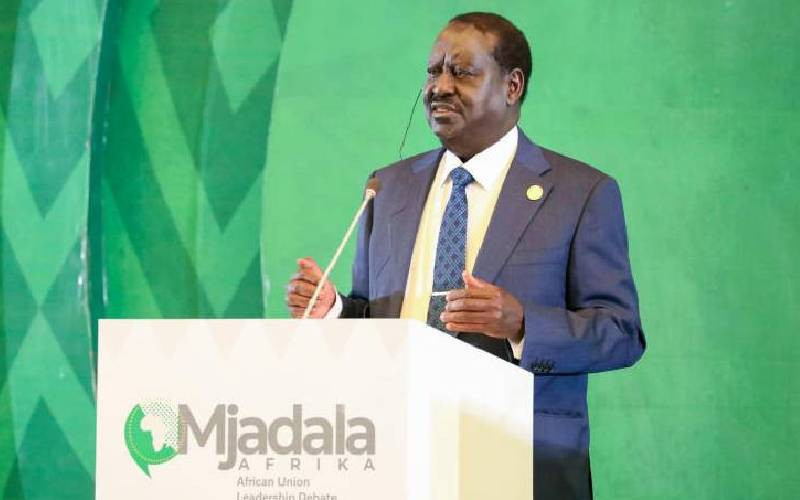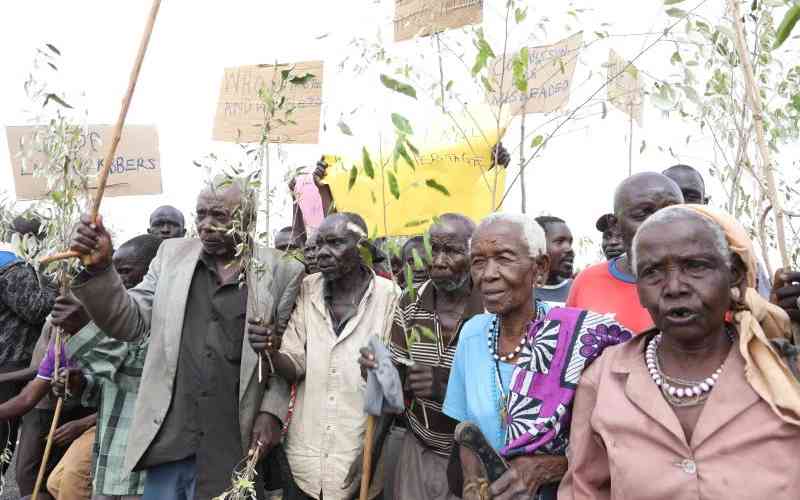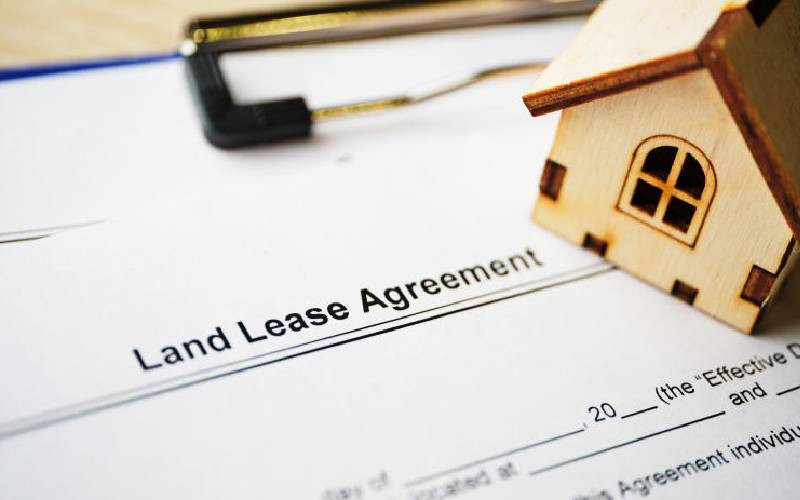By Franco Odhiambo
Finding suitable agricultural, commercial, residential or industrial land is not easy and when one is available, the price is often beyond the means of many property seekers. Those who afford them strive to secure land ownership documents, which is often a lengthy and expensive process.
Apart from the Ministry of Lands, there are other organisations that issue land ownership documents that include letters of allotment and certificates of ownership. Though such documents are valid, they are not always foolproof and the proprietor is at risk to lose.
Letter of allotment
This is an offer for land or plot by the Government or local authority to an applicant subject to a formal written acceptance of the conditions given and the payment of the charges prescribed. Failure to adhere to the requirements within 30 days of the offer being posted, the applicant stands a chance to forfeit the property.
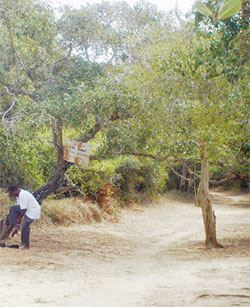 |
Land is precious to many people. Before purchasing any property, always carry out a search of the main title. Photo: file |
It is common knowledge that many allotees hold letters of allotment for several years in the belief that it is a land ownership document. It is important for the allotees to understand that the letters are merely an offer, which lapses after the allotee fails to meet the conditions within 30 days.
Certificate of ownership
This is issued by land buying companies and investment groups to their members or clients who have purchased plots. They are temporary land ownership documents acting as proof of payment of the desired plot. Although accepted in courts for surety purposes, they are not legal under any land law.
Owners of such certificates risk losing their properties as the main title or lease is in the investor’s name who might use it for other purposes like mortgage security without the purchaser’s knowledge. The solution to those unable to acquire individual titles or leases is to register the main title or lease in the investment group’s name or under trusteeship. Some unscrupulous people have used certificates of ownership to cheat prospective buyers by forming groups popularly known as mradi to illegally invade, occupy and sub-divide private registered land and sell the same to unsuspecting investors. This happens to properties whose registered owners are not in possession physically.
Before purchasing any property, always carry out a search of the main title. The Ministry of Lands issues three types of land ownership documents:
1. Title deed
Title deeds, which formerly went by the name ‘land certificate’ or ‘certificate of freehold title’, are the documents that show right of ownership to freehold property under the Registered Land Act Cap 300. A title deed is the most common land ownership document and is issued by the Land Registrar.
2. Certificate of title
This is the document showing the right of lease to all Government lands in the former white highlands registered under the Registration of Title Act Cap 281 and issued by the Registrar of Titles. For land registered under the Lands Title Act Cap 282 in Coast Province, the Recorder of Titles issues the certificate of title.
Stay informed. Subscribe to our newsletter
A certificate of title is absolute and indefeasible and cannot be challenged except on the ground of fraud. However, a certificate of title does not confer upon any person any right over to any mineral, foreshore or water.
3.Certificate of lease
This is the document showing the right of lease for leasehold property owned by the Government, local authority or freehold proprietor under the Registered Land Act Cap 300. The Land Registrar issues a certificate of lease, which is registered in the respective local land registry whose jurisdiction covers the property in question.
A certificate of lease shows the term of the lease and the amount of rent and rates payable annually. It is the most common land ownership document in urban centres. Temporary occupation of land or license does not qualify for issuance of a title deed or lease unless it is for a certain period exceeding 25 years.
The writer is a survey and
mapping professional.
 The Standard Group Plc is a
multi-media organization with investments in media platforms spanning newspaper
print operations, television, radio broadcasting, digital and online services. The
Standard Group is recognized as a leading multi-media house in Kenya with a key
influence in matters of national and international interest.
The Standard Group Plc is a
multi-media organization with investments in media platforms spanning newspaper
print operations, television, radio broadcasting, digital and online services. The
Standard Group is recognized as a leading multi-media house in Kenya with a key
influence in matters of national and international interest.
 The Standard Group Plc is a
multi-media organization with investments in media platforms spanning newspaper
print operations, television, radio broadcasting, digital and online services. The
Standard Group is recognized as a leading multi-media house in Kenya with a key
influence in matters of national and international interest.
The Standard Group Plc is a
multi-media organization with investments in media platforms spanning newspaper
print operations, television, radio broadcasting, digital and online services. The
Standard Group is recognized as a leading multi-media house in Kenya with a key
influence in matters of national and international interest.


